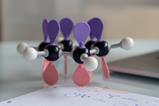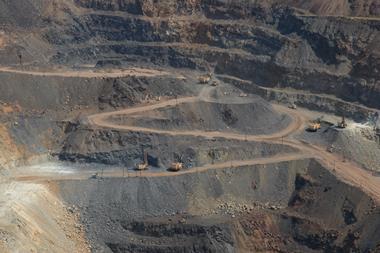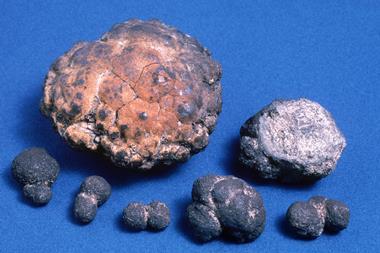The country of Nauru has played an outsized part on the world stage in recent weeks. The tiny Pacific island nation has captured growing geopolitical, environmental and societal concerns in microcosm, all linked to climate change.
In July, the last people held at Australia’s refugee processing centre on the island were evacuated. The facility remains open, however, and Australia maintains its policy of detaining refugees offshore. That problem is only going get worse as climate change forces people from their homes, not least among Pacific islanders. Nauru cropped up again in the court case against disgraced cryptocurrency entrepreneur Sam Bankman-Fried, which revealed that he had considered purchasing the island as a safe haven to wait out existential threats to humanity, such as catastrophic climate change. But Nauru’s biggest impact has been prompting the International Seabed Authority (ISA) to articulate its stance on deep sea mining.
In 2021, Nauru informed the ISA that it intends to mine the seabed in international waters, setting in motion a two-year window for the ISA to draft the rules and regulations. No country has yet carried out any deep sea mining, although several countries have conducted explorations and Norway recently stated its intention to start mining in its territorial waters. The ISA met in Jamaica for three weeks in July, before ultimately deciding that it needed more time to prepare the rules. A new date of 2025 has been set, but in the meantime, several member countries are pushing for a moratorium or an outright ban on mining the sea floor owing to its potential for environmental damage.
Nauru claims that mining the seabed is vital for it to decarbonise its economy – a challenge that every country in the world now faces. The Pacific Ocean floor is rich in polymetallic nodules that contain cobalt, nickel, copper and lithium and other elements in sizable quantities. These elements are essential components of the batteries, electrolysers, wind turbines and other technologies that are needed for a transition to clean energy and fuels. The critical role of these minerals means that demand is surging and competition to secure supplies is fierce. In the rush to acquire mineral wealth, free market economics dictate that there will be winners and losers, and Nauru’s request to exploit the resources on its doorstep highlights the concerns of poor nations that they will be left behind.
The International Energy Agency estimates that the mineral supplies available via existing and planned conventional mining activity are nearing what’s needed to meet current net zero commitments. Yet the question is not one of abundance, but of access. As the president of the European Central Bank Christine Lagarde noted in a speech earlier this year, the 20th century’s relative stability in globalised trade is gradually fragmenting, and the resulting instability is driving countries to prioritise securing their own supply chains. China currently processes 90% of rare earth element supply, for example, giving it a dominant economic position. In response, the recent Inflation Reduction Act in the US incentivises domestic mineral production for green technologies and the country is also securing multilateral trade agreements to safeguard supplies. The EU’s Critical Raw Materials Act has similar objectives. In the UK, plans for the country’s first lithium mine are being drawn up.
For now, many countries are opposed to seabed mining – there are too many unknowns. Yet it could soon be viewed as the pragmatic option if countries and trading blocs are unable to secure the supplies they need directly, or on acceptable terms. As wildfires ravage the Mediterranean and the New York skyline is submerged in drifts of ochre smoke, climate change is the defining story of our times. Chemistry has the potential to avert its worst effects, but the pace of change needed leaves little time to find the best solutions and compromises are inevitable.

















No comments yet